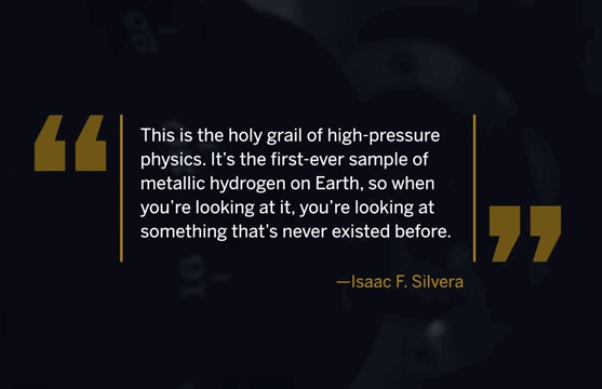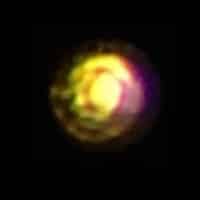Just a few months after the first time it had been created in history, a metal with potential for energy storage and other electricity related applications has disappeared.
In January, Harvard scientists reported they had succeeded in creating the rarest material on the planet, atomic metallic hydrogen. It’s so rare, it’s apparently never existed on the planet previously.
To create the material, Professor Isaac Silvera and postdoctoral fellow Ranga Dias compressed a tiny hydrogen sample at around 5,041,008 kilogram-force per square centimetre, more than the pressure at the center of Earth.
The resulting metallic hydrogen, which was around 1.5 micrometres thick and 10 micrometres in diameter, was then stored at -193 degrees Celsius between two diamonds in a form of vice.

One of the many potentials for metallic hydrogen is in superconductor applications at room temperatures.
“As much as 15 percent of energy is lost to dissipation during transmission, so if you could make wires from this material and use them in the electrical grid, it could change that story,” said Professor Silvera.
The further the distance from the point of generation to the point of consumption, the more electricity is lost. Line loss is a major issue in countries such as Australia where the distance between the two can be great. On a side note; this is something else solar power helps address – putting generation very close to the point of consumption.
Unfortunately, this one-of-a-kind, incredibly valuable metallic hydrogen sample that stirred up a great deal of excitement and controversy has disappeared.
ScienceAlert reports recent further testing resulted in the diamond vice to break – and the metallic hydrogen is nowhere to be found. Professor Silvera says it could be someplace under room pressure or perhaps it has turned back into a gas.
The incident is a disappointment for the professor, who has been researching metallic hydrogen for decades. However, the researchers are now busy building another vice using a different type of synthetic diamond with view to producing another metallic hydrogen sample quite soon.
The original announcement of the creation of metallic hydrogen was met with some skepticism. To those who doubt, Professor Silvera says they should try to reproduce the experiment.
“That’s the scientific method, and it’s better than just complaining about our results.”












































